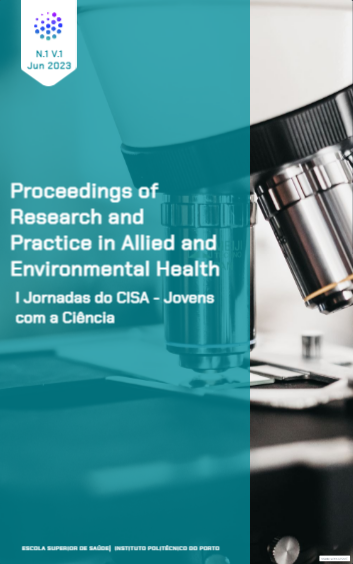Abstract
Background: Environmental exposure to pharmaceuticals, have negative effects on the health of ecosystems and humans and numerous pharmaceuticals have been identified on surface waters all around the world [1]. After administration, medicines are absorbed, metabolized, and excreted to the sewer system, but many are refractory to the traditional wastewater treatment and become widely distributed in freshwater rivers and lakes [2]. Valproic acid is a short-chain fatty acid, clinically used as a broad-spectrum antiepileptic drug, in neurological diseases [3], whose adverse effects in aquatic organisms are not fully studied. Daphnia magna is a planktonic crustacean found in lakes and ponds and is one of the most used organisms in aquatic toxicology studies. The adverse effects of pharmaceuticals in Daphnia have consequences in all the ecosystem [4]. Objective: The aim of this study is to evaluate the influence of valproic acid in the reproduction of Daphnia magna. Methods: The chronic toxicity study had a duration of 21 days. It was evaluated the effect of five different concentrations of valproic acid (0,4 mg/L, 0,6 mg/L, 0,8 mg/L, 1,0 mg/L and 1,2 mg/L). The parameters evaluated were age at first, second and third posture; the number and mortality of juveniles of each posture. Results: Valproic acid affected the age of the first posture in all the concentrations, it is noticeable a delay comparatively to the control. In relation to the juveniles, all concentrations of valproic acid induced aborted eggs, and this number was higher at the highest concentrations (1,0 mg/L and 1,2 mg/L). The control didn’t have any aborted eggs. At the highest concentrations, juvenile mortality was higher, and postures were smaller than the control. Conclusions: Valproic acid interfere with the reproduction of Daphnia magna, causing a delay in reproduction and affecting the number and viability of the offspring.
References
Andreu S, Ripa I, Bello-Morales R, López-Guerrero JA. Valproic acid and its amidic derivatives as new antivirals against alphaherpesviruses. Viruses. 2020;12(12):1356.
Boxall ABA. The environmental side effects of medication. EMBO Reports. 2004;5(12):1110.
Rahman M, Nguyen H. Valproic Acid. StatPearls [Internet]. Treasure Island (FL): StatPearls Publishing. 2023.
Bellot M, Barata C, Gómez-Canela C. Aqueous stability and degradation of psychiatric and neuroactive
compounds and its biological activity in Daphnia magna. Science of The Total Environment. 2021; 798:179252.

This work is licensed under a Creative Commons Attribution-NonCommercial-NoDerivatives 4.0 International License.
Copyright (c) 2023 Beatriz Machado, Cristina Prudêncio, Ricardo Ferraz, Piedade Barros

